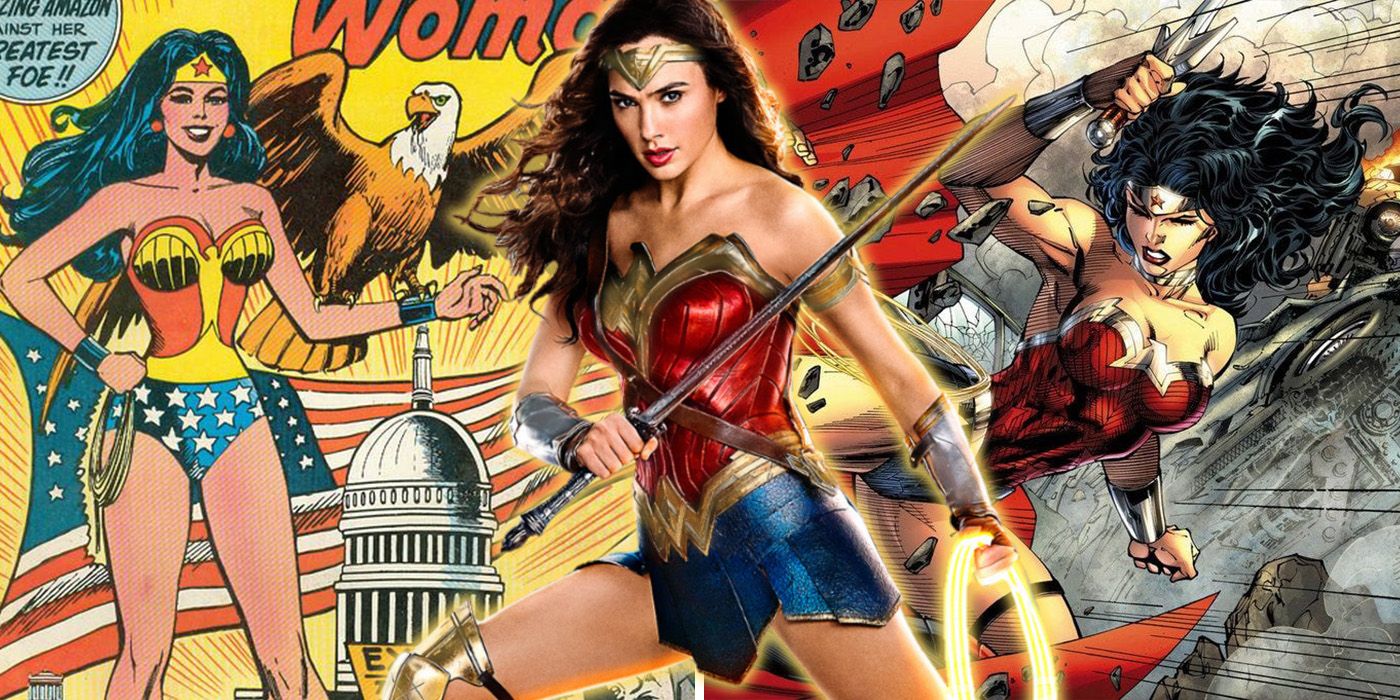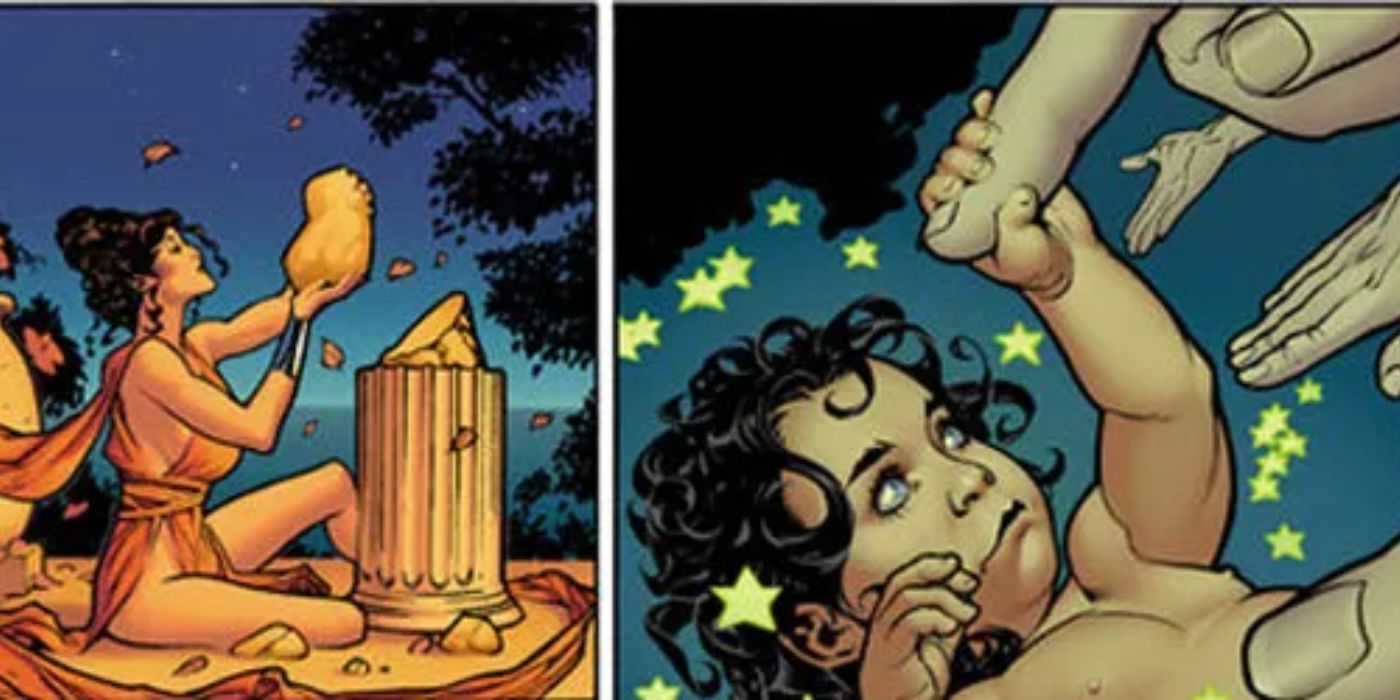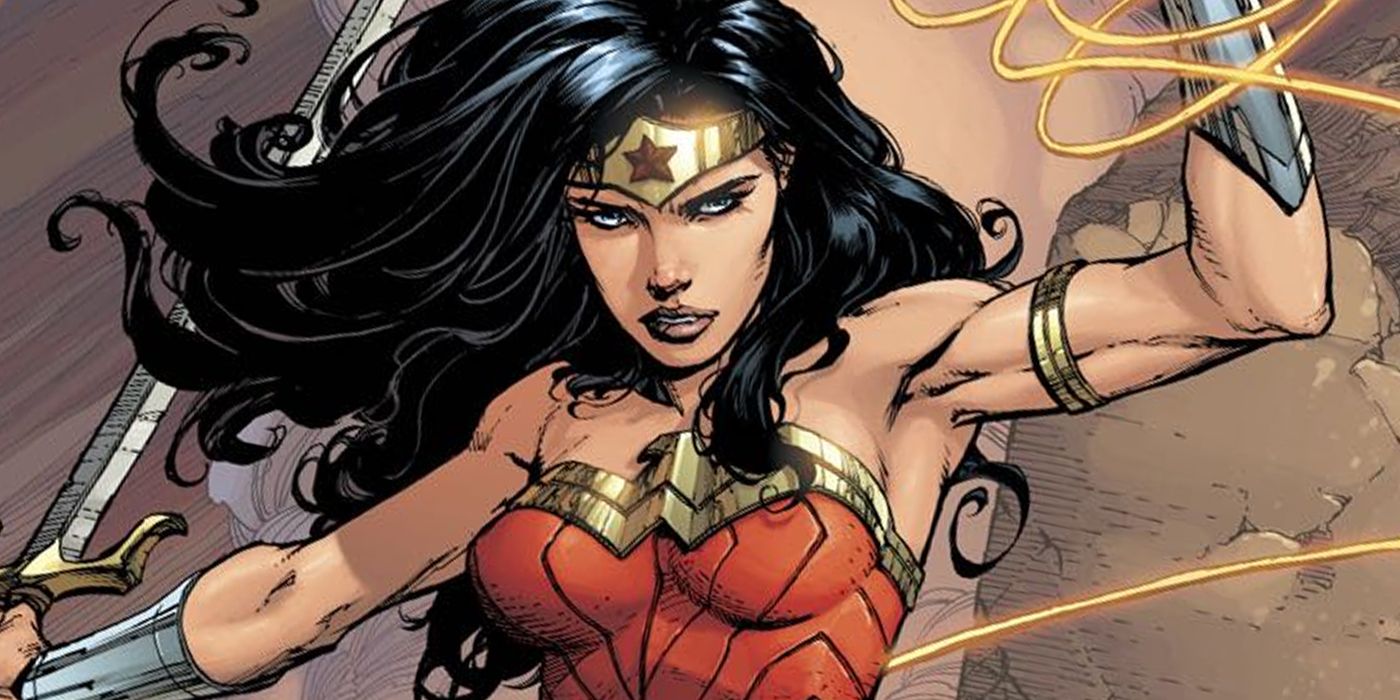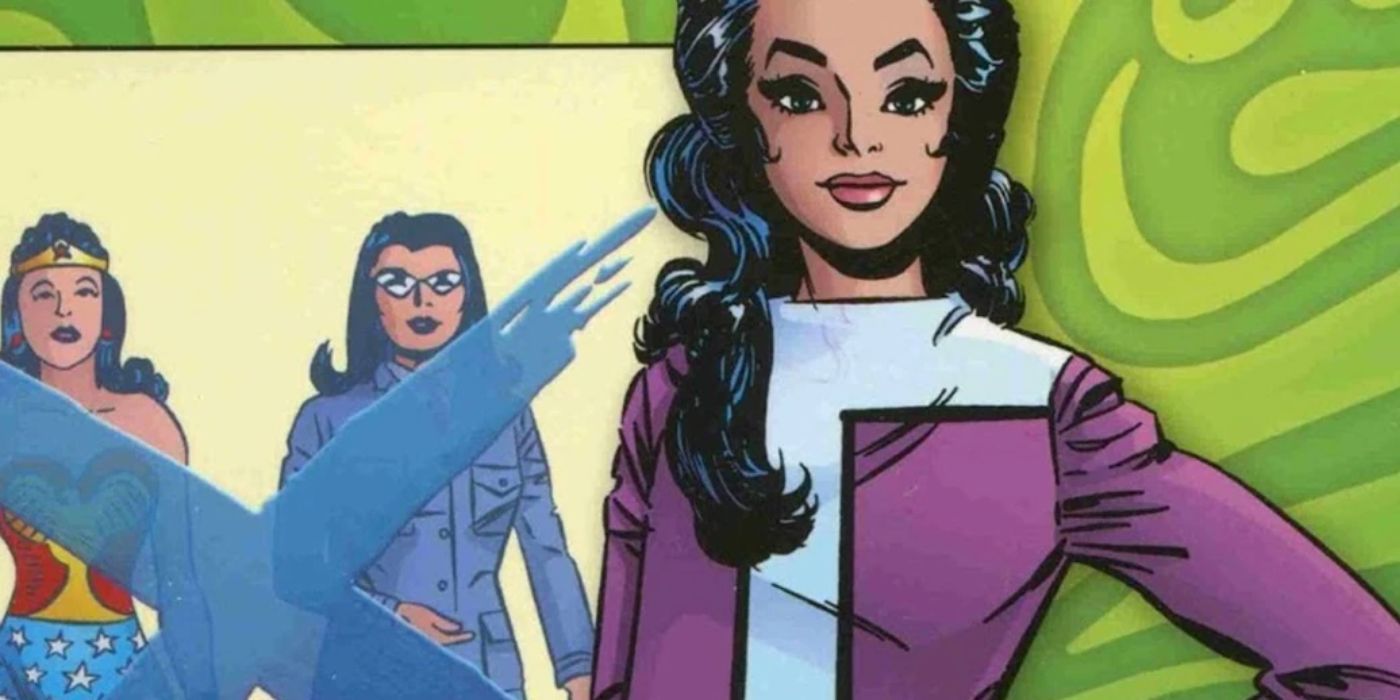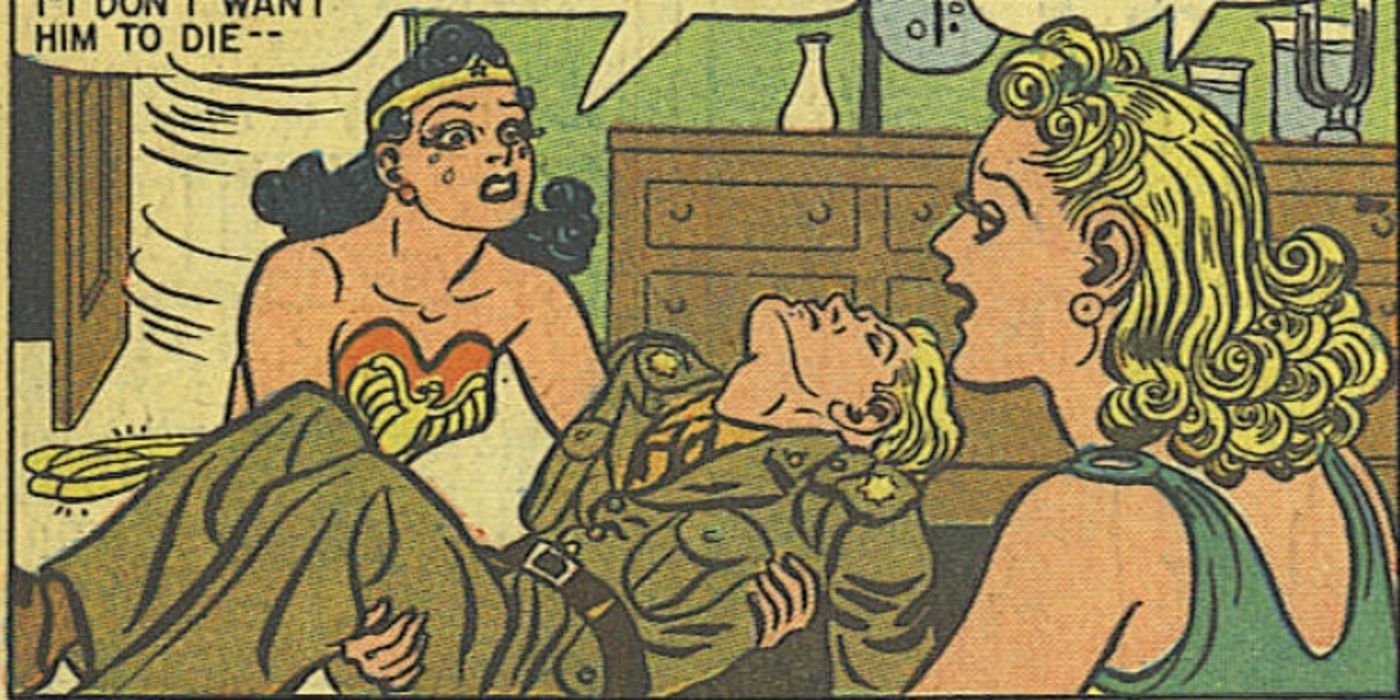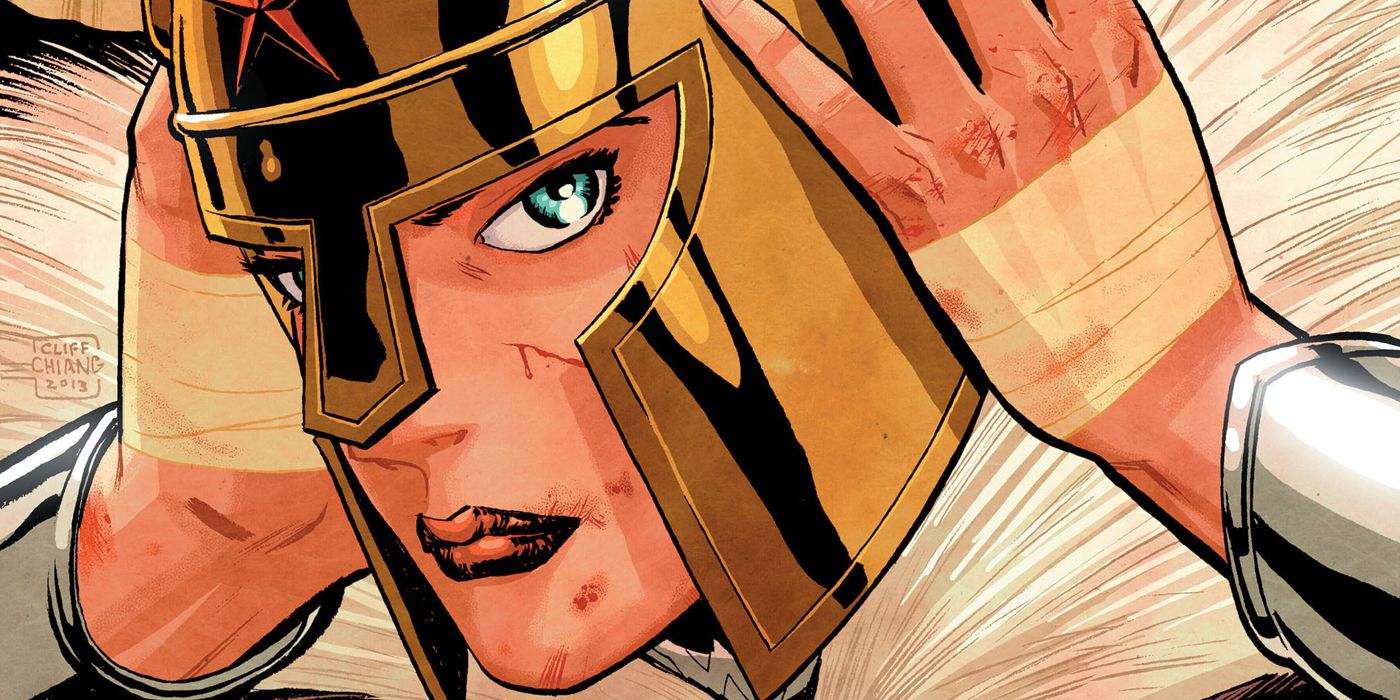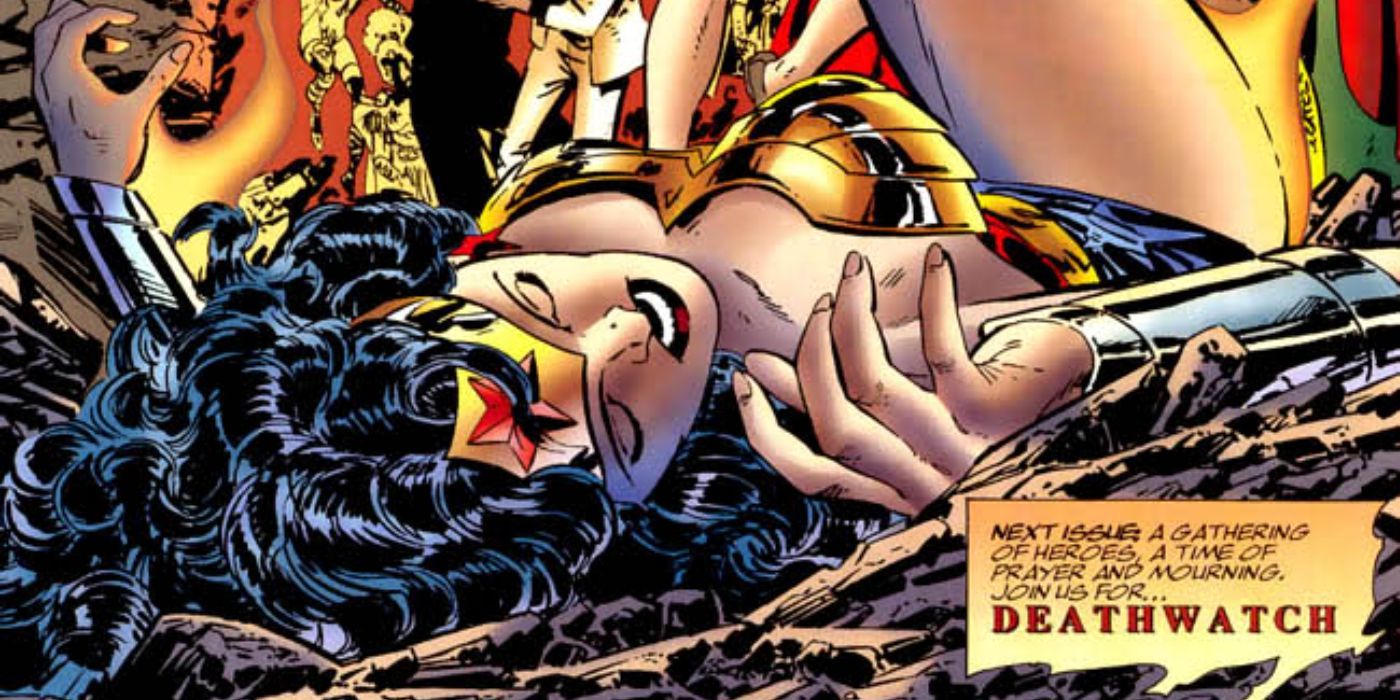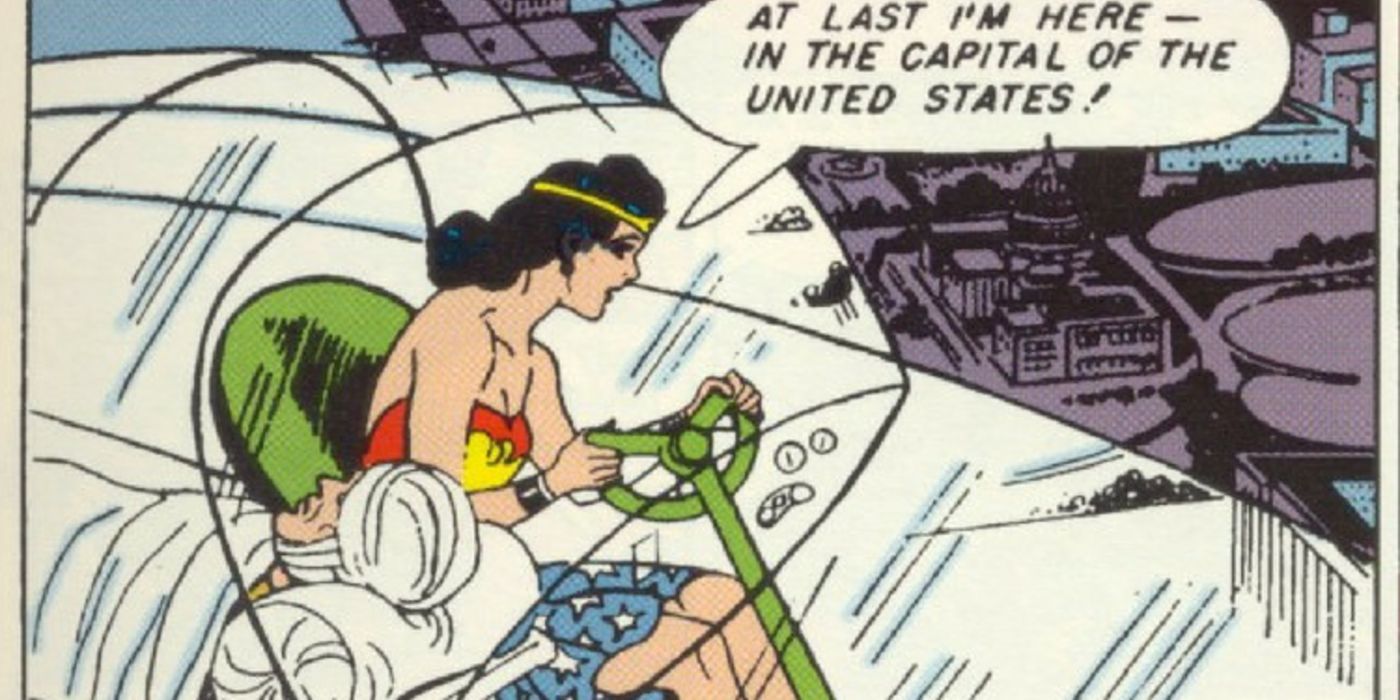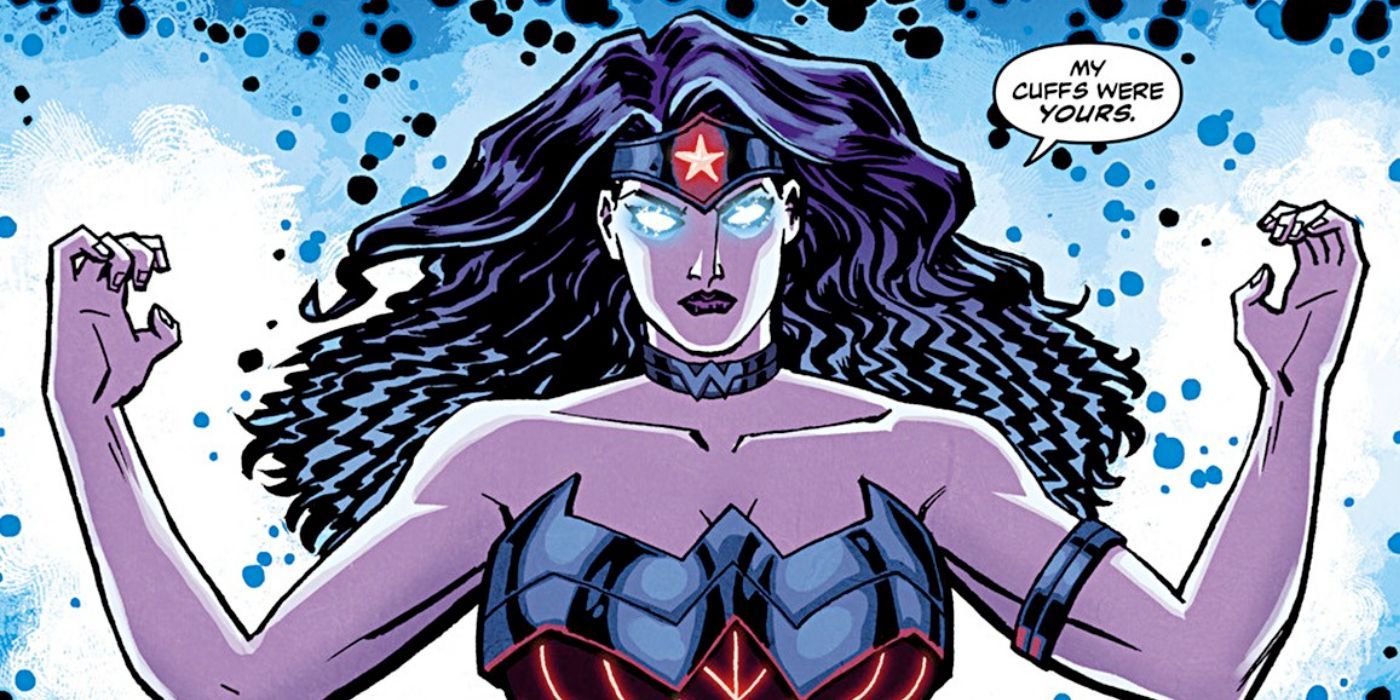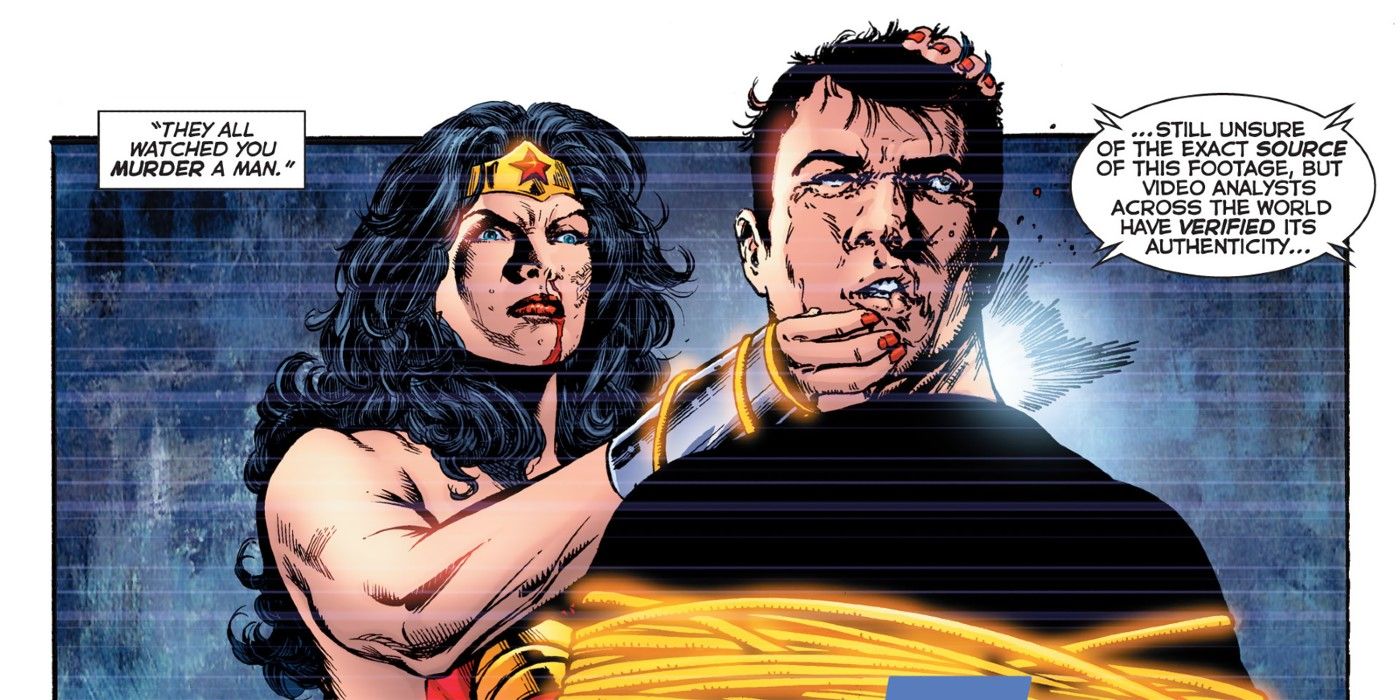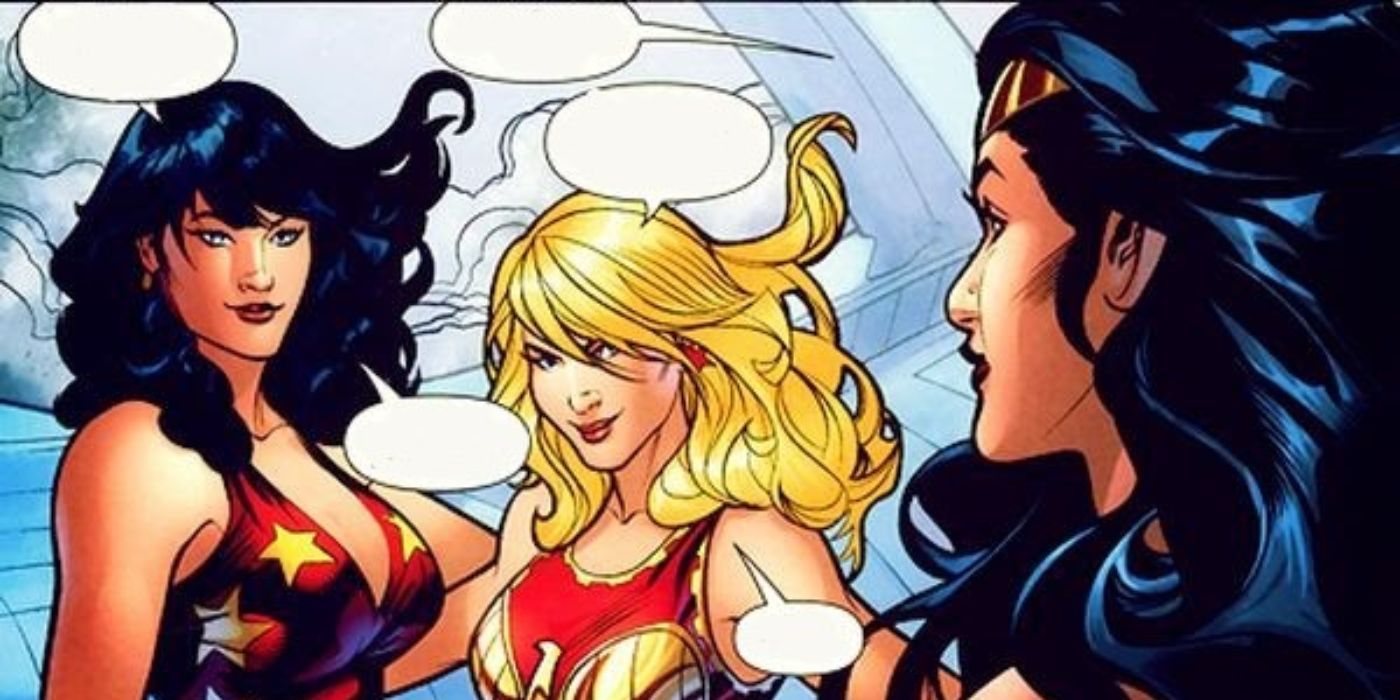Wonder Woman is the most iconic female superhero ever, and this is backed up by several decades of publication history. A firm part of the DC Universe, Diana of Themyscira has been radically changed over the years due to retcons, reboots and other continuity shifts. This has sometimes made it difficult to follow along with her stories, though certain elements remain the same.
From a stronger emphasis on the mythological roots of the franchise to an increasing supporting cast, there's a lot of required knowledge to get into Wonder Woman comics. These important factors play into Wonder Woman's stories and her role in the broader DC Universe, defining Diana throughout the ages.
10 Wonder Woman Has Two Main Origins
For the overwhelming majority of her history, Wonder Woman's origin was that was the daughter of Hippolyta, Queen of the Amazons. Instead of birthing her, however, Hippolyta crafted Diana from clay. From there, this artificial child was given life and in some versions blessed by the Greco-Roman pantheon.
In the New 52, Diana's classic origin was retconned, and it was revealed that she was fathered by Zeus. The retcon changed the "clay origin" to be a ruse told to keep Hera from seeking vengeance upon Hippolyta. It's since remained canon and is even Diana's origin in the DC Extended Universe.
9 Wonder Woman's Powers Weren't Always Inherent
During the Golden Age of Comics, Wonder Woman's clay nature was the only thing really separating her from other Amazons. Their amazing powers were merely the result of their incredible training regiment. How this turned otherwise normal women into superhumans was never explained, and the Silver Age changed things to where she was blessed by the gods and given amazing powers.
The powers that the gods gave her sometimes very, as does their potency. The Amazons have been established as having their own sort of magical reservoir of power. This increased their physical faculties while also keeping them from aging.
8 Wonder Woman Once Became a Powerless Adventurer
During the infamous "mod era" of the Bronze Age, Wonder Woman gave up her powers to remain in Man's World. Diana Prince now walked the earth as a powerless agent, trading her strength, Invisible Jet and other classic Wonder Woman accouterments for kung-fu kicks and a trendy wardrobe, namely a white jumpsuit.
This change was made to shake up her stale comic book and make her more "relatable." It had the opposite effect, however, with fans disliking the changes to the mythology and Wonder Woman losing her powers. Since then, this era has remained a narrative black sheep for the character.
7 Steve Trevor Isn't Wonder Woman's Only Love Interest
Wonder Woman's most iconic love interest is Steve Trevor, who pined for her affections since their debut in All-Star Comics #8. In the past decade, he's been restored to this former role and prominence through both the comics and the DCEU. Still, he isn't the only man in the Amazing Amazon's life, with other guys also becoming potential suitors.
During the post-Crisis on Infinite Earths era, Steve was retconned as being much older and thus no longer the love interest. New beaus included the somewhat similar Trevor Barnes from the Phil Jimenez run and the spy Nemesis, a.k.a. Tom Tresser, who was paired with her in Gail Simone's run. Neither of these stuck, however, with Steve eventually restored as a major part of Diana's life.
6 Wonder Woman Was Once the God of War
One of Wonder Woman's greatest foes is Ares, the Greek God of War. During the New 52, Ares (bearing a design based on series writer Brian Azzarello) was changed to being her former mentor. When he dies during the upheaval of the Olympian Gods in the present day, it's unwittingly at the hands of Diana. Thereafter, she becomes his replacement as the new God of War.
Diana initially struggled to reconcile her new role with her nature, not to mention controlling Ares' Stymphalian birds. After DC Rebirth, the development was retconned entirely, returning things to a more traditional take on the mythos. This included Ares being alive and an antagonistic God of War.
5 Wonder Woman Died During John Byrne's Run
During John Byrne's run on Wonder Woman, the demonic overlord Neron manages to kill Diana. Thereafter, she's made into a Goddess of Truth on Mount Olympus. This development had a dramatic impact on her allies on Earth, however, and even the "impartial" new goddess couldn't help but interfere with mortal affairs.
When she was banished from Olympus and restored to mortality, Diana became Wonder Woman once again. During the Blackest Night crossover, Wonder Woman became a zombified Black Lantern due to her previous death. Considering modern retcons and changes, however, it's questionable if this is still canon.
4 Wonder Woman Couldn't Always Fly
During the Golden Age, Wonder Woman had a major disadvantage that Superman lacked. Whereas the Man of Steel could take off and fly after a few early years of simply "leaping tall buildings in a single bound," Wonder Woman didn't possess this ability. Instead, she employed an invisible robot jet, which was certainly more cumbersome than outright flight.
The Bronze Age gave her the ability to glide on wind currents after she recovered her powers, but this still wasn't true flight. Finally, the George Pérez run after Crisis gave her flight as one of her divine abilities, with this and speed being given to her by the god Hermes. The New 52 was similar, though Hermes didn't give her flight until she was an adult.
3 Wonder Woman Is More Powerful Without Her Bracelets
Originally, the bracelets Wonder Woman and the Amazons wore were reminders of their former enslavement by men, and a man binding them together rendered an Amazon helpless - even Wonder Woman. Another addition to this mythology was that Wonder Woman became stronger if she removed her bracelets. This also left her in a berserker rage, however, meaning that it was sparingly used.
The latter power wasn't used in modern comics until the New 52. There, Wonder Woman gained immense powers after taking off her bracelets. Her speed and strength were augmented to higher levels than ever, allowing her to easily beat up the moon goddess Artemis.
2 Wonder Woman Doesn't Have a No-Kill Rule
As an Amazon, Diana is dedicated to peace, sometimes at all costs. This means that she's more than willing to employ lethal force against deadly opponents. Such a trait quickly separates Wonder Woman from the likes of Superman and especially Batman. It wasn't a readily apparent trait in the old-school comics (where she actually tried to reform some villains), but it became immediately obvious in the Pérez run.
There, Wonder Woman used her tiara to behead one of Ares' evil sons. This was at least a monstrous god, so it was arguably more understandable. When she killed the human Maxwell Lord, however, the action was immediately controversial, both among the public of the DC Universe, her fellow members of the Justice League and fans.
1 Wonder Woman Has Several Supporting Cast Members and Sidekicks
Wonder Woman isn't the only Amazing Amazon to defend the DC Universe. For instance, she has a great love and respect for her mother Hippolyta, who's served on the Justice League and Justice Society, not to mention taken the Wonder Woman mantle herself. Other Amazon sisters include Mala, Io, Euboea, Phillipus, Orana and Aleka.
The latter two were a predecessor or/stand-in for Artemis, one of the Bana-Mighdall Amazons who also briefly became Wonder Woman. Diana's first sidekick was Donna Troy, the first Wonder Girl who was a founding member of the Teen Titans. She was replaced by Cassie Sandsmark, who's one of the current Wonder Girls alongside newer character Yara Flor. Likewise, Nubia and different women (including Wonder Woman's future daughters) have taken the name Fury.

